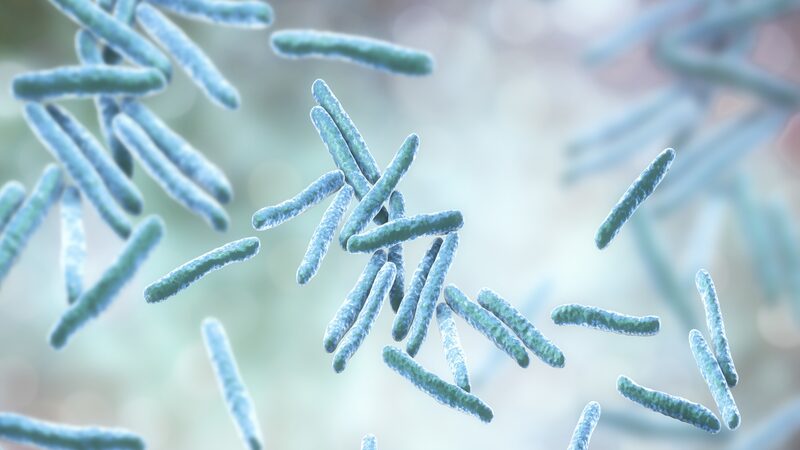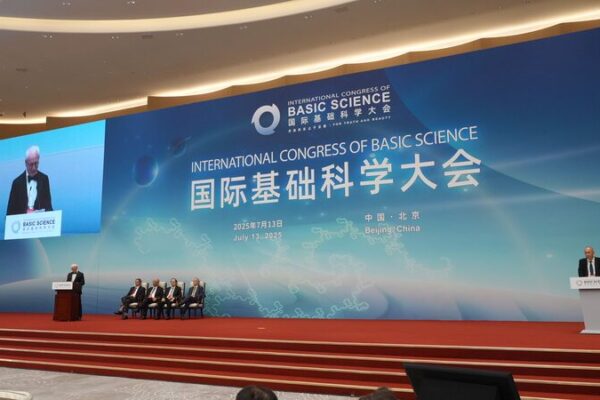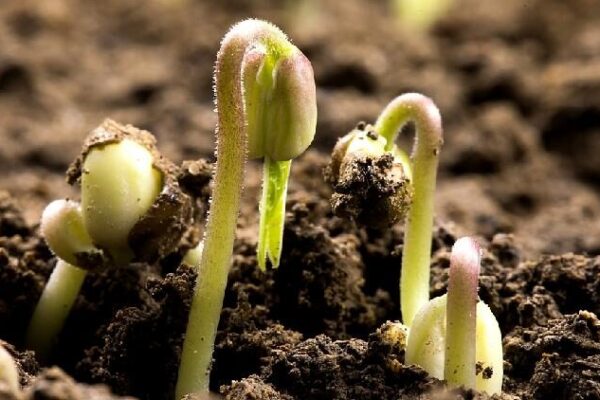Plant leaves can absorb and accumulate airborne microplastics, a new study led by Chinese scientists has revealed. This finding highlights a direct pathway for these pollutants to enter the food chain and potentially impact human health.
The research, published in the journal Nature, was conducted by a team from Nankai University’s College of Environmental Science and Engineering, along with collaborators from the University of Massachusetts Amherst, the Research Center for Eco-Environmental Sciences of the Chinese Academy of Sciences, Northeastern University, and the Beijing Academy of Agriculture and Forestry Sciences.
While earlier studies indicated that soil microplastics could be absorbed by plant roots with limited upward transport, this new study emphasizes that airborne microplastics pose a more immediate ecological threat. Through mass spectrometry analysis, researchers detected widespread presence of polyethylene terephthalate (PET) and polystyrene (PS) polymers in plant leaves across various environments.
“We identified PET and PS in tree and shrub leaves near polyester factories and landfills, as well as in open-field leafy vegetables,” said Li Ye, first author and PhD candidate at Nankai University in Tianjin Municipality. Advanced imaging techniques revealed absorbed microplastic particles in leaves from contaminated areas.
Laboratory simulations further confirmed that corn leaves can absorb microplastics through stomata—the tiny openings used for gas exchange—transporting particles to vascular tissues and accumulating them in leaf structures.
“Global attention is intensifying on micro and nano plastic pollution, with their toxic effects on organisms increasingly documented,” said Wang Lei, a professor at Nankai University’s College of Environmental Science and Engineering and co-corresponding author of the study.
Understanding the environmental behavior of microplastics is critical for regulating these emerging contaminants, Wang added. Since plants form the foundation of food chains, microplastics accumulated in leaves can directly enter these systems.
“The ecological and health risks posed by this pathway warrant urgent, in-depth investigation,” Wang emphasized.
This study sheds light on a previously underappreciated route by which microplastics can infiltrate ecosystems and affect human populations, underscoring the need for heightened environmental awareness and regulation.
Reference(s):
cgtn.com








